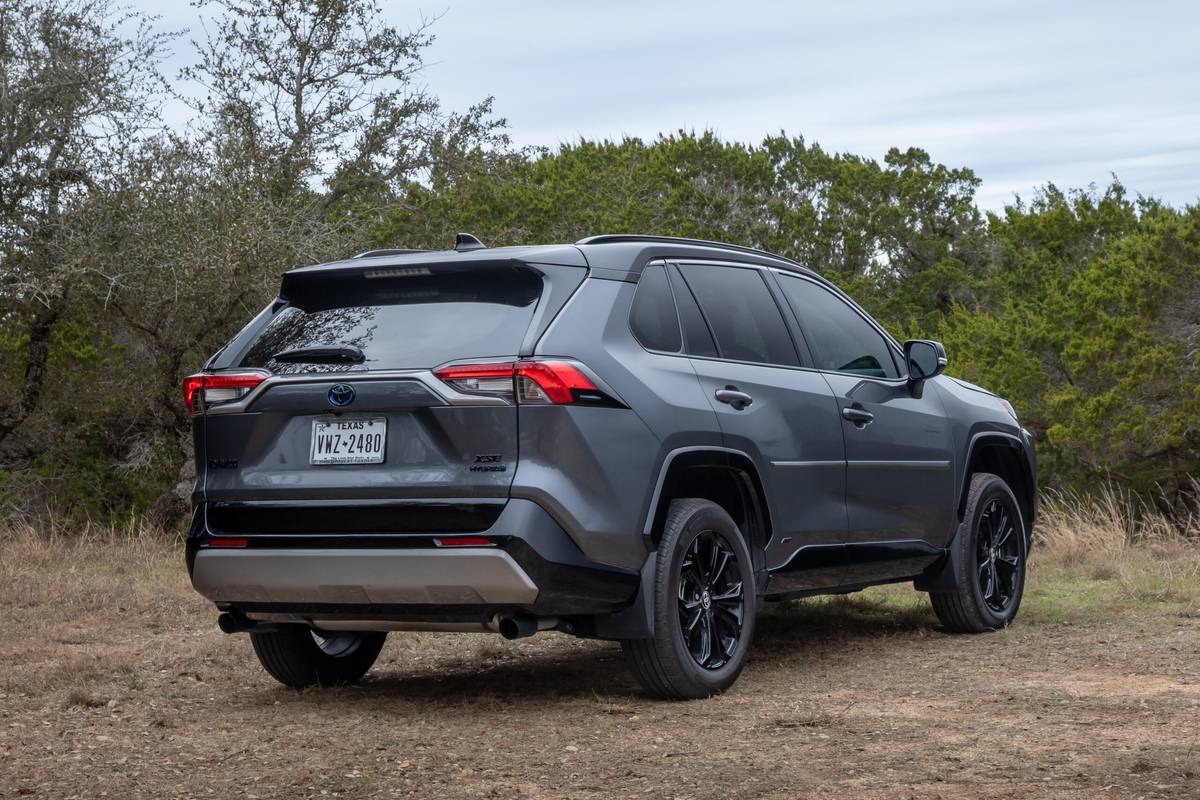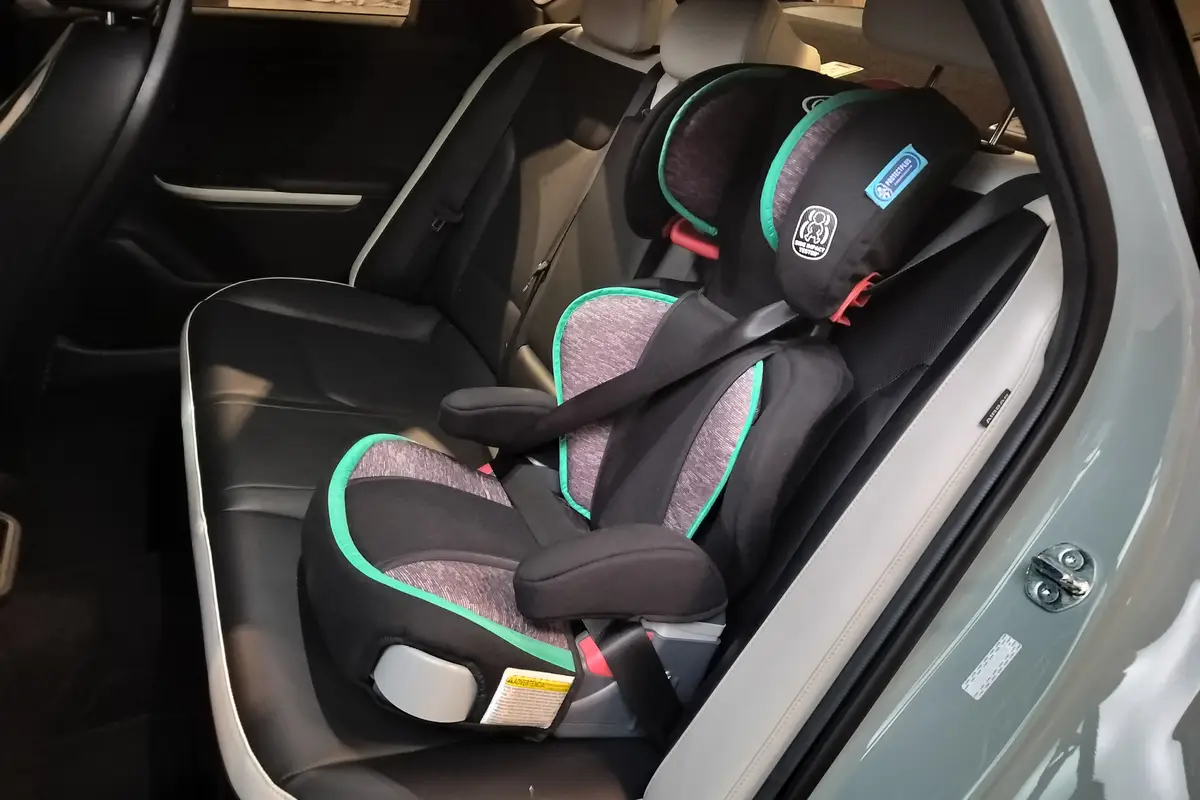Star-Telegram.com's view
Honda’s Accord sedan is one of the most-popular cars in the history of the automotive business, no doubt.
Sometimes I wonder why, though, considering that for most of the years it has been around, it’s been a rather boring car and never had the kind of take-your-breath-away styling that some automakers are famous for. It’s always been similarly boring to drive, too.
The Accord also had been rather small and unaccommodating in comparison with some of its rivals, with less passenger and cargo space.
But with the last redesign, for model year 2008, a lot of that has changed. Honda decided to address some of the issues that have allowed other sedans to become more competitive against the Accord.
A few years earlier, the Accord dropped to No. 2 on the list of best-selling cars in the United States, beaten by its archrival, the Toyota Camry, which has held that position ever since.
But there are up-and-comers that are attracting legions of midsize-sedan buyers, too, including the most-recent versions of the Chevrolet Malibu, Nissan Altima, Nissan Maxima, Hyundai Sonata, Ford Fusion, Buick LaCrosse and Ford Taurus.
Apparently seeking to attract a broader audience for the Accord, Honda promoted its newest generation of the Accord to a full-size sedan, moving it up from its previous position as a midsize. The larger size is more in line with the tastes of consumers older than the median age of the previous-generation Accord buyer, which was 50. (Avalon buyers have a media age of about 60.)
The Accord’s total interior volume, including the trunk, is 120 cubic feet, an increase of 3.3 cubic feet from the previous generation. The 37.2 inches of rear legroom approaches that of the Honda Pilot crossover.
It’s now positioned in the same size class with cars such as the Avalon, Maxima, LaCrosse, Taurus and Chevrolet Impala.
Styling is now one of the Accord’s strong points. Designed to help attract younger buyers, the Accord sedan’s profile, with an arching cabin that drops down onto short, flat trunk overhang, is much more interesting than the previous-generation’s design.
At 194.1 inches, it’s 2.3 inches longer than the previous Accord, five inches longer than the current Camry, and just three inches shorter than the Avalon (the redesigned 2011 Avalon was unveiled earlier this month, but it’s apparently about the same size as the current model).
But the Accord’s wheelbase, which is the best indicator of interior space, is 110.2 inches, less than an inch shorter than that of the 2010 Avalon. It’s almost the same width as the Avalon, and less than a half-inch shorter in overall height.
The Accord’s cabin space of 106 cubic feet is just a foot less than that of the Avalon, but five cubic feet more than that of the Camry. This stretching of cars as new generations are introduced is not unusual; popular sedans such as the Accord, Camry, Toyota Corolla and Honda Civic grow larger with each new generation. (The first Accord, introduced in 1976, was a three-door hatchback just 162.8 inches long.)
An exception to the growth of midsize sedans is the current Altima, which was made slightly smaller than the previous generation when its fourth generation arrived for 2007. Altima buyers, who generally are much younger than those who buy the Accord or Camry, had complained that the previous model was too big.
Unlike Honda, however, Nissan already has a large sedan that competes directly with the Avalon. It’s the Maxima (redesigned for 2009), whose dimensions are quite similar to those of the Avalon and the newest Accord.
With the roomier interior, the Accord now gives rear-seat passengers as much room as those riding up front. The difference is readily apparent in leg- and knee-room. The rear seat isn’t quite limousine-like, but it’s definitely designed for adults – even large and tall ones.
We were able to fit three average-size adults in the back seat of our tester, and there were no complaints – although it was a matter of less than two hours, not a cross-country trip.
One minor flaw is trunk capacity, though. At an even 14 cubic feet, the Accord’s cargo area is smaller than most of its key competitors. Camry trunks, for instance, have as much as 15 cubic feet; the Malibu has 15.1; and the Fusion 16.5. The Impala has a whopping 18.6 cubic feet.
The Accord offers a choice of two four-cylinder engines and a 3.5-liter V-6.
For the base Accord sedan, the engine is a 2.4-liter inline four-cylinder with 177 horsepower and 161 foot-pounds of torque. EX models come with a 190-horsepower version of this engine, with 162 foot-pounds of torque.
The 3.5-liter V-6, available only on the EX models, cranks out 271 horsepower, the most ever for a Honda-brand car. That’s close to the 268 horsepower in the Camry and Avalon with a V-6 engine.
Accord transmissions include a five-speed manual and a five-speed automatic (the Accord Coupe, introduced for 2008 along with the revised sedan, is available with a six-speed manual, but that gearbox is not offered in the sedan at any level). The current Avalon and Camry come with a six-speed automatic.
EPA ratings for the four-cylinder Accord models with either engine are 21 mpg city/31 highway with the automatic transmission, and 22/31 for the manual. For the V-6 sedan, which comes only with the automatic, the ratings are 19/29.
To help the V-6 engine achieve better fuel economy, it comes with a new computerized cylinder-deactivation system that cuts out either two or three of the cylinders during highway cruising, depending on speed and accelerator position.
Trim levels for the sedan are the base LX and the slightly better-equipped LX-P, with the 177-horsepower engine; the EX, with the 190-horsepower four-cylinder or V-6 engine; and the top-of-the-line EX-L, also with a choice of the 190-horsepower four-cylinder or V-6 engine.
Our tester was the EX-L V-6 model with navigation (list price $31,105 plus $710 freight), and in keeping with Honda’s policy of keeping pricing lists simple, there are no options offered. Total price was $31,815, including freight.
The V-6 engine had plenty of power for any driving event, from accelerating to traffic speed on uphill freeway ramps to passing cars on narrow two-lane roads. Mountain driving was not a chore for this engine, either.
The automatic transmission shifted very smoothly, and didn’t seem to wander around trying to find the right gear in different driving situations, especially on hills.
Handling is surprisingly sporty for a family sedan, especially a Honda, and reflects the extra care the company took in redesigning this vehicle. But the ride is still quite cushy, without being the least-bit wallowing.
Our leather front bucket seats (the “L” in EX-L stands for leather) were comfortable except for the sporty side bolsters, which aren’t meant for larger bodies.
The overall interior look was more like that of a luxury car than a mass-market sedan. The dash has neat round gauges, and to help drivers differentiate between controls during night driving, the heating/air-conditioning controls are lighted aqua green, while the audio-system controls have white lighting.
Steering-wheel audio controls are standard on all models, and there is a lockable, fold-down rear seat that expands cargo space from the trunk.
Standard on our tester was a premium 270-watt audio system with a six-disc changer and seven speakers (including a subwoofer), as well as XM satellite radio
The nice voice-activated navigation system comes with an eight-inch screen and a Bluetooth phone link.
All models have Honda’s Advanced Compatibility Engineering body structure, designed to minimize damage to other vehicles and injury to pedestrians hit by the car.
The automotive columns of G. Chambers Williams III have appeared regularly in the Star-Telegram since 1994. Contact him at 210-250-3236; chambers@star-telegram.com.
Latest news



